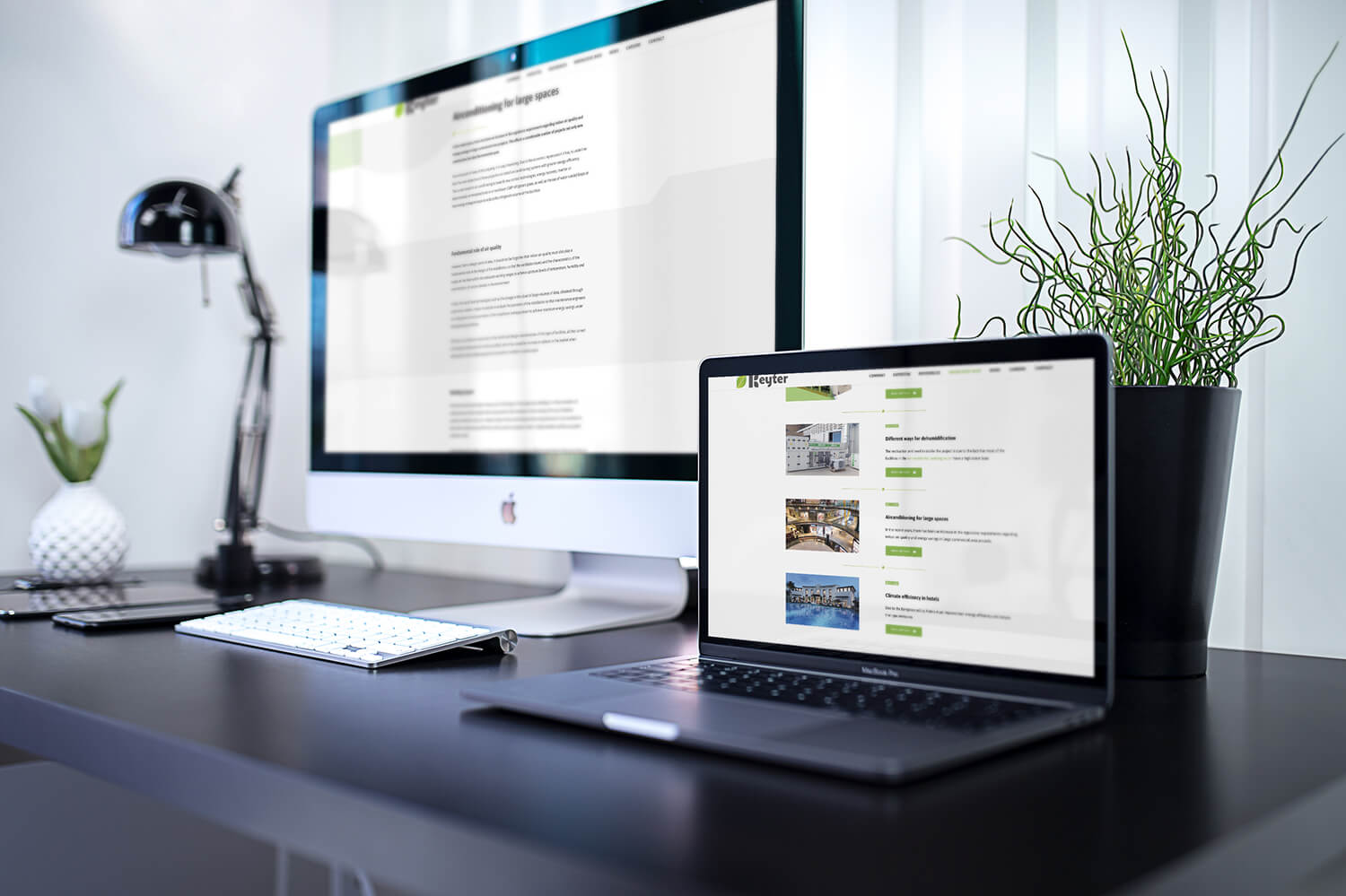In the recent years, there has been an increase in the regulatory requirements regarding indoor air quality and energy savings in large commercial area projects. This affects a considerable number of projects: not only new construction, but also the renovation part.
From the point of view of the property, it is very interesting. Due to the economic repercussion it has, to underline that the main objective of these projects is to install air conditioning systems with greater energy efficiency.
The current trend in air conditioning is towards new control technologies, energy recovery, inverter or electronically commutated motors or new lower GWP refrigerant gases, as well as the use of water-cooled loops or heat energy transport loops to reduce the refrigerant volume of the facilities.



